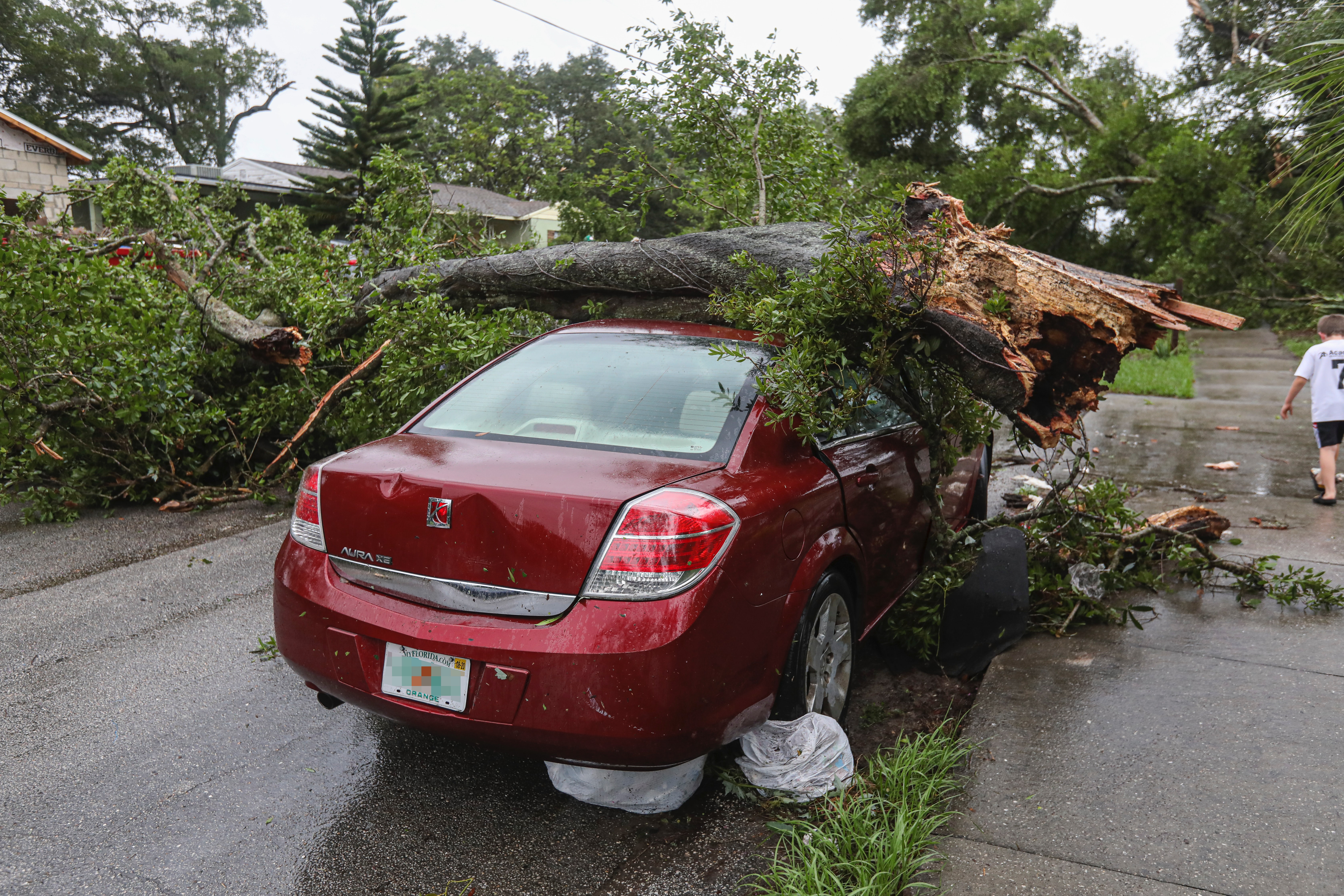How to Start an Emergency Fund

How to Start an Emergency Fund
A recent study found that nearly half of all American’s couldn’t cover a $400 emergency. An emergency fund – with 3-6 months of living expenses – is the best way to prepare for the unexpected. Three-to-six months’ worth of expenses is a lot, so I have broken down my tips to start your emergency saving fund:
- Start with a small savings goal, like $100. Any amount is a good start.
- Set a short-time goal of saving one month’s living expenses. Having a month’s worth of bills saved also gives you the added flexibility of being able to pay a bill on time that is due at an inconvenient moment – like right before you get your paycheck.
- Pay yourself first. Focus on contributing to your savings first. One strategy is to set up regular automatic deposits to a savings account to occur at regular intervals – like with each paycheck. Most of us send 100% of every paycheck to our checking account, which we use to pay our bills, buy groceries, etc. You can also set up a second direct deposit going to a different bank account for a fixed amount from each paycheck. For example, send $20 from each paycheck to a savings account and deposit the remainder in your checking account.
Super Tip: Open that savings account at a different bank or credit union than you use to pay bills. While it is very convenient to have all of your accounts in one place, and listed in front of you on your phone, that makes it very easy to move money out of your savings account. It may take some time to get used to some of your pay not being in your checking account, but after a while, you won’t miss it.
Durham Tech Community, for more personal finance advice or tips, email me at chapmanl@durhamtech.edu
Larry is the Financial Coach at Durham Tech, providing individual coaching services and information to the students and employees of the Durham Tech community.
